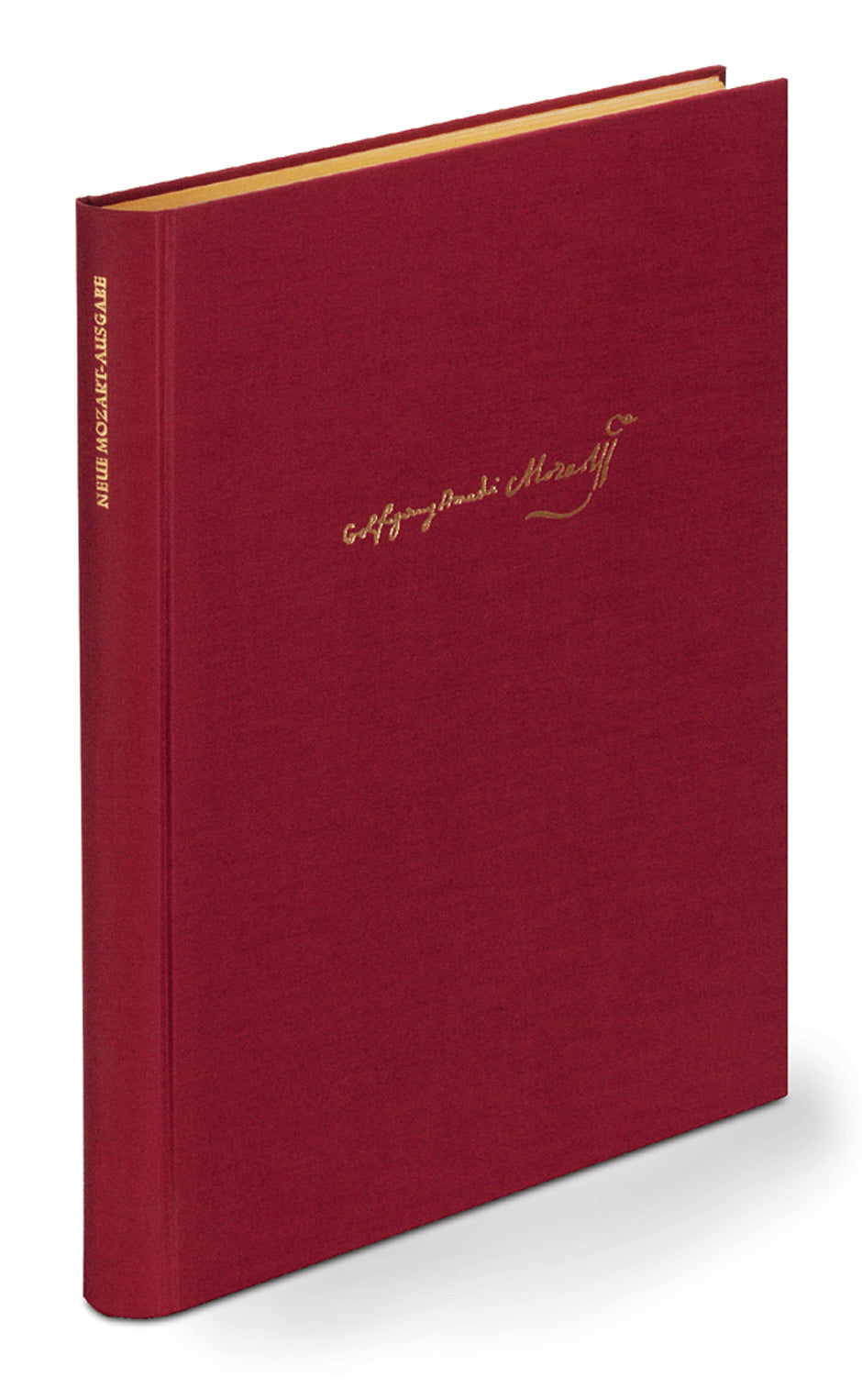
BARENREITER - 345062
Mozart: Le nozze di Figaro, K. 492 (Full Score - Hardcover)
Composer: Wolfgang Amadeus Mozart
Publisher: Bärenreiter
Binding: Linen
Dimensions: 13 in x 10.2 in
Pages: 697
Mozart: Le nozze di Figaro, K. 492 (Full Score - Hardcover)
Juilliard Store
144 West 66th Street
New York NY 10023
United States
Choose options
Mozart: Le nozze di Figaro, K. 492 (Full Score - Hardcover)
Juilliard Store
144 West 66th Street
New York NY 10023
United States
Mozart: Le nozze di Figaro, K. 492 (Full Score - Hardcover)
Juilliard Store
144 West 66th Street
New York NY 10023
United States
Editor: Finscher, Ludwig
Orchestral scoring : 5SSolo/2TSolo/4BSolo/Mixed choir/2Fl/2Ob/2clarinet/2bassoon/2Hn/2Trp/timpani/Str/Bc
Language(s) of work: I
Language(s) of text: I
Product format: complete edition, score, Urtext edition
Binding: Linen
Pages / Format: XXX, 697 - 33,0 x 26,0 cm
This full score score of ‘Le nozze di Figaro’ was published in the ‘New Mozart Edition’ and is prepared by Ludwig Finscher.
Many of the sources for Mozart’s first opera from the Lorenzo Da Ponte trilogy only became available to scholars again after the ‘New Mozart Edition volume was published. These include the autograph scores of acts 3 and 4, now held at the Biblioteka Jagiello ka in Kraków, significant portions of the original sets of parts and acts 2 to 4 of the conductor’s copy from the first performance of 1786.
These original sources, now available again, offer compelling solutions to several previously unresolved questions.
